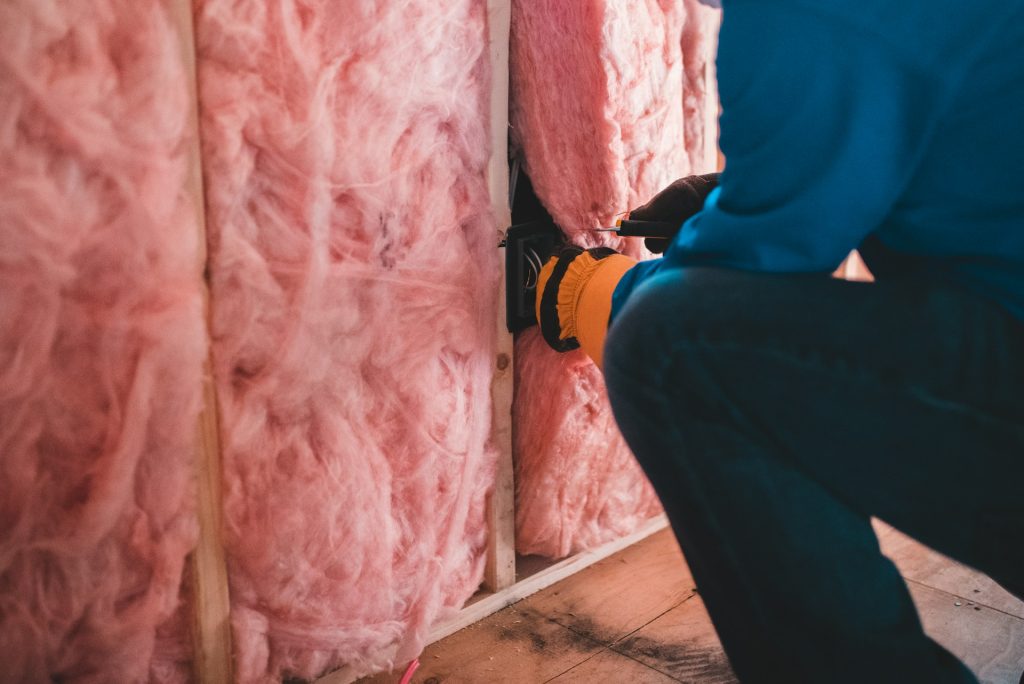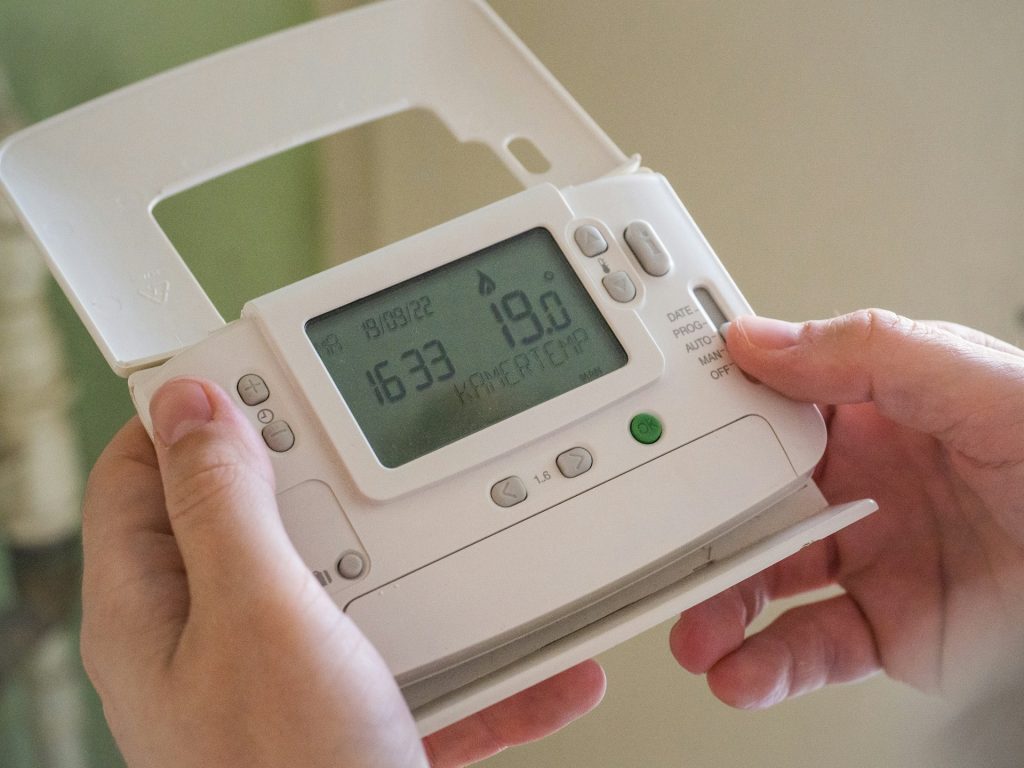As winter approaches, keeping your house warm becomes not just a comfort, but a necessity. A cozy, well-heated home is essential during the chilly months for both comfort and health.
When your living space is warm, you not only fend off the chill but also create a sanctuary where your family can relax and enjoy the season safely.
However, maintaining a warm home throughout winter can be challenging and sometimes expensive. From skyrocketing heating bills to the constant battle against cold draughts, it seems like keeping warm is a full-time job. But don’t worry ? there are efficient ways to enhance your home’s warmth without draining your wallet.
In this blog, we’ll explore practical steps to insulate your home, upgrade your heating system, and adopt habits that retain more heat. Whether you’re dealing with a draughty old building or just trying to shave a bit off your energy bills, these tips will help you achieve a warmer living environment. This is how you can keep your home warm and snug this winter.
Insulate Your Home
A key step in keeping your house warm during the cold winter months is proper insulation. Think of insulation like wrapping your home in a warm blanket that keeps the heat in and the cold out. By focusing on key areas such as the roof, walls and windows, you can significantly reduce heat loss and make your home more energy-efficient.
Start with your roof or attic, as heat tends to rise and escape from the top of your house. Adding layers of insulation here can prevent that warm air from slipping away. Next, look at your walls. If you live in an older home, upgrading the insulation in your walls can make a dramatic difference.
Lastly, don’t overlook the windows and doors ? these are common culprits for draughts. Double-glazing, heavy curtains or even clear plastic film can provide an extra barrier against the cold.
By investing in good insulation, you’re not only keeping your home toasty but also cutting down on energy costs, making it a smart move for both comfort and your wallet this winter.
Upgrade Your Heating System
When winter’s chill sets in, having an efficient heating system becomes crucial. If your heating system is outdated or seems to struggle with the demands of colder weather, it might be time to consider an upgrade. Modern heating systems are not only more effective at warming your home but also more energy-efficient, which can lead to significant savings on your heating bills.
Start by evaluating your current setup. What types of heating dilemmas are you facing? Is your system heating your home evenly? Are some rooms much colder than others? If you’re noticing disparities or your system is more than 15 years old, these are signs that an upgrade might be beneficial. Look into options like high-efficiency wall furnaces, ducted heating or heat pumps that match your home’s needs and local climate.
Don’t forget about regular maintenance, too. Ensuring your heating system is serviced annually by a professional can prevent unexpected breakdowns and maintain optimal performance. Simple tasks like changing filters regularly can also vastly improve efficiency and the overall warmth of your home during those cold months.
Use Smart Heating Controls
Embracing technology can make a significant difference in how comfortably and efficiently you heat your home during winter. Smart heating controls are a game-changer, allowing you to manage your home’s temperature with precision and ease.
Smart thermostats are at the heart of this technology. These devices learn your schedule and temperature preferences to optimise heating and reduce energy waste. For example, you can set your thermostat to automatically lower the heat when you’re not home and to warm up the house just before you arrive. This means you’re not paying to heat an empty house, which can lead to substantial savings on your energy bills.
Another benefit of smart heating controls is the ability to control them remotely via a smartphone app. This is perfect for those days when you forget to adjust the thermostat before leaving home. You can also check and change settings while on the go, ensuring your home is always warm when you need it to be.
By integrating smart technology, you’re not just upgrading your home’s technology ? you’re also ensuring it runs more efficiently and is more responsive to your needs.
Reduce Heat Loss
Minimising heat loss is crucial for maintaining a warm and energy-efficient home during the winter. Here are some effective strategies to help you keep the heat in:
- Seal windows and doors: Check for draughts around windows and doors. Use weatherstripping or draught stoppers to seal these leaks. Even something as simple as a rolled-up towel at the base of a door can prevent cold air from entering.
- Insulate your attic and walls: Proper insulation in your attic and walls can significantly reduce heat loss. If you haven’t already, consider adding additional insulation where needed, especially in older homes.
- Use curtains strategically: Heavy curtains can act as an extra layer of insulation on your windows. Open them during the day to let sunlight naturally heat your home and close them at night to keep the warmth inside.
- Cover bare floors: Rugs and carpets not only add warmth underfoot but also help insulate your floors and reduce the chill from uncarpeted surfaces.
By implementing these tips, you can effectively reduce heat loss, keeping your home warm and comfortable while also lowering your heating costs.
Alternative Heating Methods
While traditional heating systems are effective, exploring alternative heating methods can add extra warmth to your home and potentially reduce your energy bills during the cold winter months.
Here are some options to consider:
- Portable heaters: Ideal for heating specific areas or rooms where you spend a lot of time, portable heaters can provide a quick and targeted warmth boost. Just ensure they are used safely, away from flammable materials and never left unattended.
- Fireplaces and wood stoves: Nothing beats the cosy ambiance of a fire. If you have a fireplace or wood stove, use it to supplement your heating. Make sure your chimney is clean and the unit is well-maintained to maximise efficiency and safety.
- Heated floor systems: Radiant floor heating is an excellent way to add consistent warmth underfoot. It’s particularly effective in bathrooms and kitchens, where tile floors can feel especially cold.
By incorporating one or more of these alternative heating methods, you can enhance the warmth in your home and create a more comfortable environment for your winter living.
Enhance Comfort and Reduce Energy Costs

As we’ve explored a variety of strategies to keep your house warm during the chilly winter months, it’s clear that there are numerous approaches you can take to enhance the comfort and energy efficiency of your home. From upgrading your insulation and heating systems to using smart heating controls and sealing up draughts, each method plays a crucial role in maintaining a comfortable indoor environment.
Remember, keeping your home warm isn’t just about comfort; it’s also about reducing energy consumption and saving on heating costs. Implementing even a few of these tips can make a significant difference in how your home feels and functions this winter. Start with the simplest measures, like addressing draughts and adding curtains, and consider larger upgrades as your budget allows.
Stay warm and cosy this winter by applying these practical tips, and enjoy the comfort of your well-heated home with family and friends. Don’t hesitate to share your own heating tips and experiences in the comments below ? we’d love to hear what works for you.
























Leave a comment